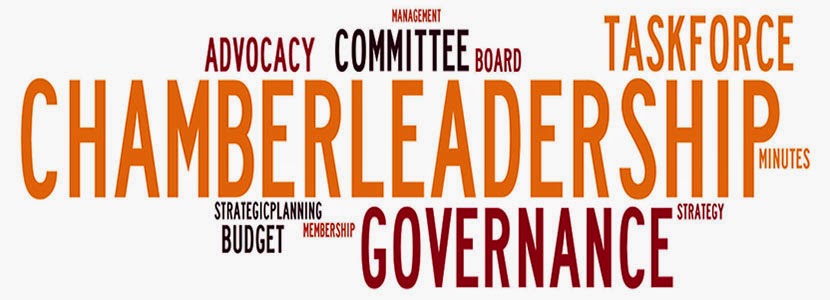Some chamber execs stay a couple of years and some stay well over 20 years.
In either scenario you should have a
succession plan in place for your chamber.
This is good for you and the organization.
I will take it a step further and say you should have a plan for each critical position at your chamber. When coming up with a plan, it’s important you at least cover the basics.
The plan should at least include:
- A press release announcing a transition;
- A timeline for the selection process;
- A job description for the open CEO position; and
- A communications plan to keep your members informed on the process.
It’s important to be transparent in the process. The other important thing is don’t make any knee jerk decisions.
You have the time to review your program of work and clearly identify the direction your organization should take.
There are many reasons why CEO’s leave:
- New job
- Retirement
- Contract not renewed
No matter the reason, your chamber needs to have a game plan to move forward.
The chamber will be around a lot longer then you or I. Do what’s best for the organization.
Formalize a succession plan today!
For more resources on succession planning by the Annie E. Casey Foundation go HERE.


